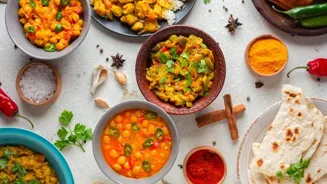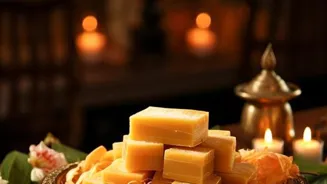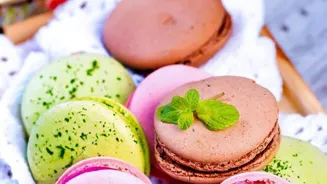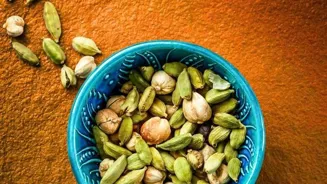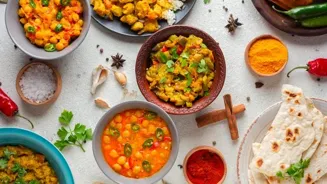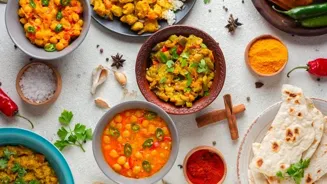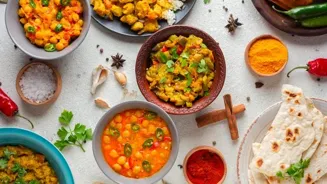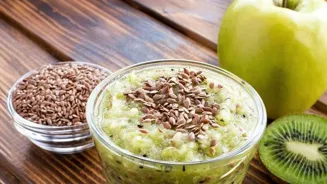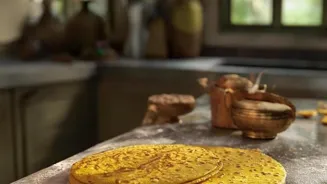Dive into the world of Indian desserts, where flavors and traditions blend in sweet harmony. Explore the cultural essence of mithai
India, a land of vibrant cultures and diverse traditions, boasts a culinary
heritage as rich and varied as its people. While spicy curries and savory snacks often steal the spotlight, the sweet side of Indian cuisine deserves equal recognition.
Indian desserts, or "mithai," are an integral part of celebrations, festivals, and everyday life, offering a symphony of flavors and textures that tantalize the taste buds.
Join us as we embark on a delectable journey through the world of traditional Indian desserts, exploring their unique ingredients, preparation methods, and cultural significance.
Indian mithai: symbol of joy and tradition in festivals
No Indian festival or celebration is complete without a lavish spread of mithai. These sweet treats are not merely food; they are symbols of joy, prosperity, and togetherness, offered to deities, shared with loved ones, and savored with delight.
From the creamy richness of gulab jamun to the delicate sweetness of rasgulla, each dessert tells a story of regional culinary traditions and the ingenuity of Indian cooks. The methods of cooking have changed over past few years.
Indian desserts showcase regional diversity and ingredients, enticing exploration
From North to South, East to West, every region in India has its own repertoire of unique desserts, reflecting the local climate, available ingredients, and cultural preferences.
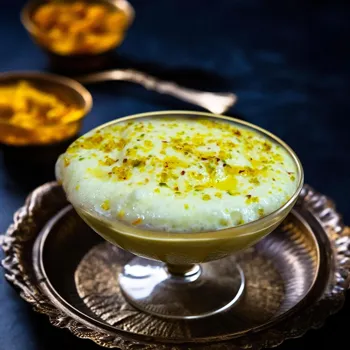
In the North, you'll find rich, milk-based sweets like kulfi and peda, while the East is famous for its syrup-soaked delights like rasmalai and sandesh. The South offers coconut-infused treats like payasam and Mysore pak, while the West boasts nutty and flavorful sweets like shrikhand and modak.
This diversity is what makes Indian desserts so fascinating and exciting to explore. The different versions of sweets can be found in most of the weddings.
Indian desserts: rich flavors from milk, nuts, spices; fruits add sweetness
Indian desserts are characterized by the use of a wide array of ingredients, each contributing its unique flavor and texture to the final product.
Milk and milk products like khoya (reduced milk solids), paneer (Indian cheese), and ghee (clarified butter) form the foundation of many popular sweets, lending them a creamy richness and melt-in-your-mouth texture.
Sugar, jaggery, and honey are used as sweeteners, while nuts like almonds, cashews, and pistachios add crunch and flavor. Spices like cardamom, saffron, and nutmeg are essential for adding aroma and depth to the desserts.
Fresh fruits like mangoes, bananas, and berries are also incorporated in some desserts, adding a touch of natural sweetness and vibrancy. Desserts made during festivals are sent to friends and families as well.
Indian dessert making: tradition meets technique with love
The art of making Indian desserts often involves intricate techniques and careful attention to detail. Many sweets require slow cooking, constant stirring, and precise measurements to achieve the perfect texture and flavor.
Traditional methods like using earthen pots, wood-fired ovens, and hand-churning techniques are still employed in many households and sweet shops across India, preserving the authenticity and unique flavors of these beloved treats.
While modern appliances have made the process easier and faster, the essence of traditional Indian dessert making lies in the patience, skill, and passion of the cook. The most important ingrediant is the chef's love.
Gulab Jamun
These deep-fried milk balls soaked in sugar syrup are a quintessential Indian sweet, loved for their soft, spongy texture and intense sweetness. Flavored with cardamom and rosewater, gulab jamuns are a must-have at weddings and festivals. The hot and sweet jamuns are loved by all generations.

Rasgulla
Originating from the Eastern state of Bengal, rasgullas are spongy cheese balls cooked in light syrup. Their delicate sweetness and melt-in-your-mouth texture make them a refreshing and delightful treat. Many people enjoy rasgulla after a heavy meal.
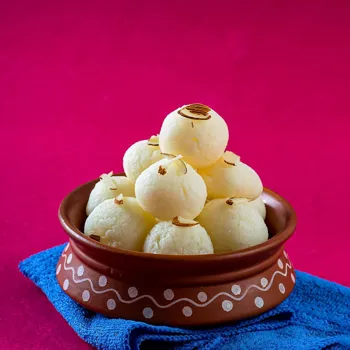
Barfi
This milk-based fudge is made by cooking khoya with sugar and flavoring it with nuts, cardamom, or saffron. Barfi comes in various flavors and shapes, making it a popular choice for gifting and celebrations. Some home cooks add dry fruits to make it more healthy.
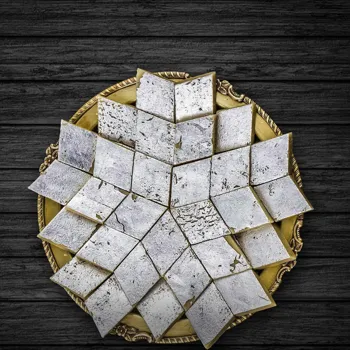
Jalebi
This crispy, swirly dessert is made by deep-frying fermented batter and soaking it in sugar syrup. The tangy, sweet flavor of jalebi is best enjoyed hot, often with a dollop of rabri (thickened milk).
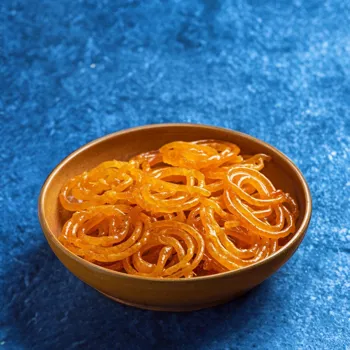
Payasam/Kheer
This creamy rice pudding is a staple in South Indian cuisine, made with rice, milk, sugar, and flavored with cardamom, nuts, and saffron. Payasam is often served during festivals and celebrations.
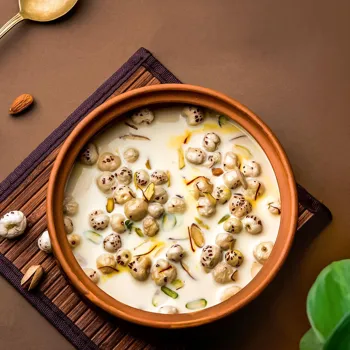
Ladoo
These round, sweet balls are made from various ingredients like gram flour, semolina, or coconut, mixed with sugar, ghee, and nuts. Ladoos are an essential part of Indian festivals and are often offered to deities.
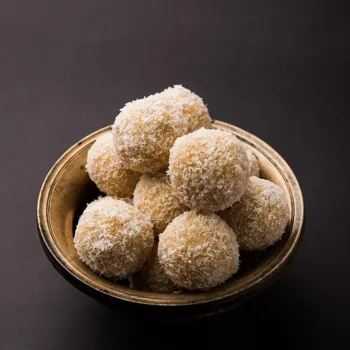
Indian desserts symbolize culture, traditions, and joy in social customs
Indian desserts are more than just delicious treats; they hold deep cultural significance and play an important role in social customs and traditions. Sweets are often offered to deities during prayers and rituals, symbolizing devotion and gratitude.
They are also an essential part of festive celebrations like Diwali, Holi, and Eid, where they are shared with family, friends, and neighbors to spread joy and goodwill. Gifting sweets is a common practice in India, used to express love, appreciation, and congratulations.
In many Indian weddings, elaborate dessert platters are prepared to celebrate the union of two families. The shared sweet experience is like a sweet bond.
Explore diverse Indian desserts, a rich cultural journey of flavors and traditions
The world of Indian desserts is a vast and fascinating realm, offering a delightful exploration of flavors, textures, and cultural traditions. From the rich and creamy to the light and refreshing, there's a mithai to suit every palate and occasion.
So, the next time you find yourself in India, be sure to indulge in the sweet side of Indian cuisine and experience the magic of these traditional desserts. It's a journey that will leave you with a sweet taste of India's rich and vibrant culinary heritage.
Every sweet has a significance in India's culture.
AI Generated Content. Glance/InMobi shall have no liability for the content